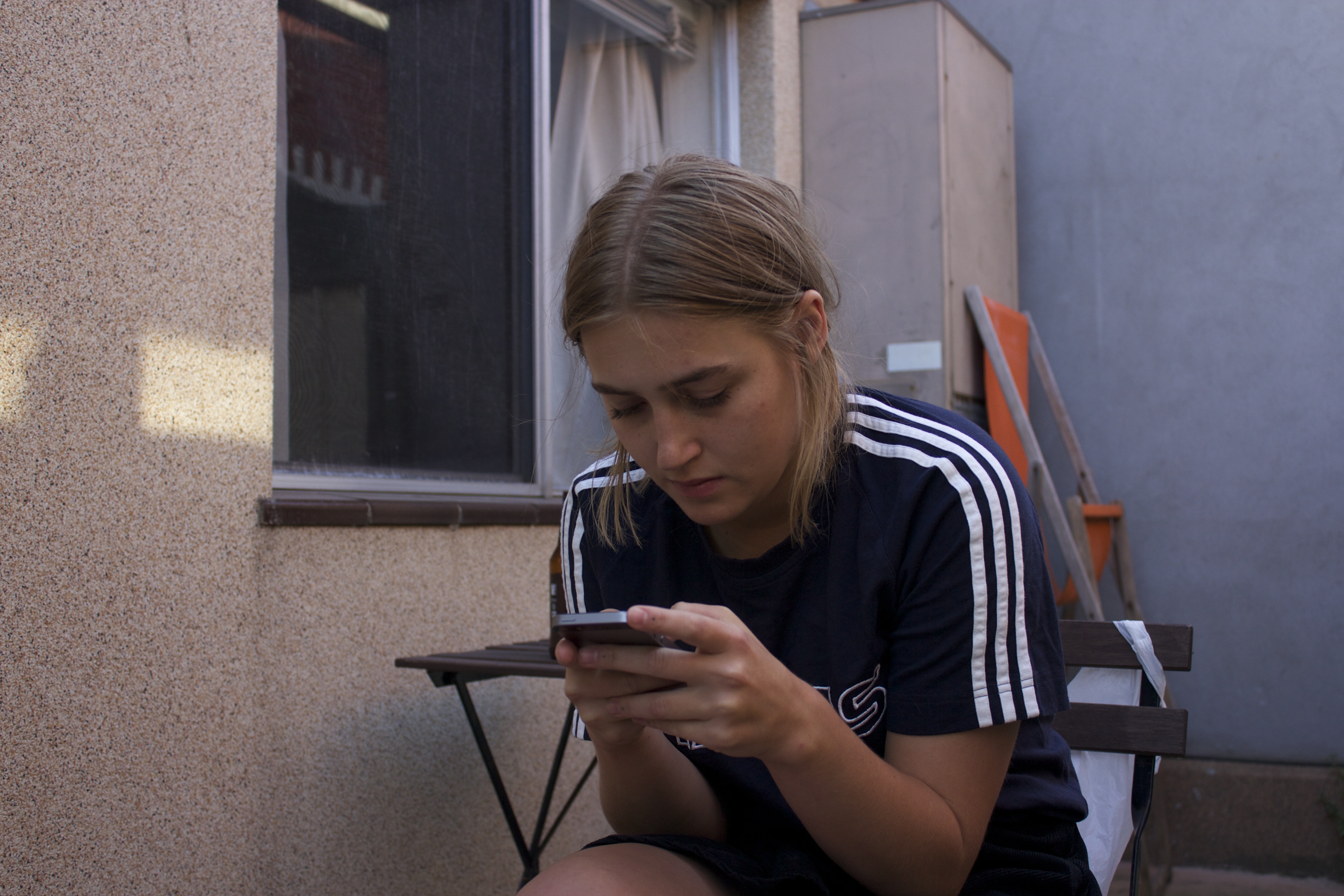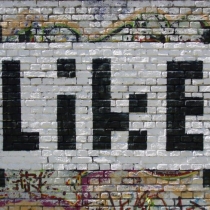Project Brief #2 was not a walk in the park. And although we had some practice during our lo-fi self-portrait, this was a hard task to complete and I am not as happy with my final piece as I could have been had I prepared properly. Yet again I was confronted with the task of creating my own original video footage and audio bites that could encompass me, digitally. As a person whose kept diaries over videos and listened to music as opposed to making it, or even attempting, I was floored. And unlike Project Brief #1, of which we could just give our raw footage, photos and sounds to you and that be that, Project Brief #2 brought with it a whole ‘nother world of problems/adventures. I guess what I’m trying to say is that I need practice. And lots of it.
It was fun to play around with some of the editing tricks, without getting ahead of myself, I learnt how to play a clip in reverse and also a bit about editing or trimming clips. Something that didn’t work out well for me was the written element within the video. I used the images of my writing over a picture of food in an attempt to try something new and to avoid typing over a transition screen in iMovie, but wasn’t sure if that would be enough to be counted as ‘written text’ so in the end I used a screen of typed words, to tie in with the idea of food and hunger I’d used in those first images. I would be paying more attention to getting a more succinct idea across using different mediums other than words typed on a screen if I had my time again.
Overall I wanted, again, to highlight the movement in my life. An inability to stay in one place for too long remains constant. I wanted to show this through the footage I used for the video elements, the bike riding, the tram catching and the walking. In using those two trimmed clips of my own voice at the end of the video I was really just trying to push myself out of my comfort zone. I think that that element of spoken word works really well with the end of my clip and also in highlighting my frustrations at my ability to portray feelings and emotions over this medium.





